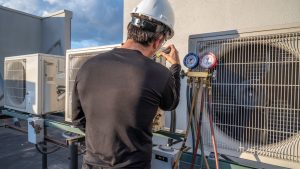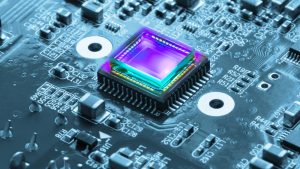Preventive maintenance refers to a process whereby repairs are carried out on assets before they break down. It is a familiar term in asset-centric industries as they are constantly advised to adopt a preventive maintenance strategy or plan, which would help them to reduce costs, downtime and overall waste generated in the long term. A company, however, cannot simply implement a preventive maintenance tool in the hopes that it will be successful. Instead, a plan must first be formed as to how it would be implemented. This blog will act as a handbook for asset managers looking for the most effective and shortest possible way to create a preventive maintenance plan.
What is a Preventive Maintenance Plan?
Although this blog uses the word ‘plan’, it should be noted that a preventive maintenance program or strategy is the same thing. These terms depict a proactive way of addressing asset problems, whereby maintenance crews take prior action to keep asset life cycles in check to avoid asset breakdowns. Hence, preventive maintenance is key to preserving the longevity of assets and drastically reducing finances, energy and related risks that could lead to waste. A plan to implement preventive maintenance will detail a guideline for teams on how regular routine checks and maintenance are conducted. For organisations transitioning from a reactive maintenance system, it is important to first have a clear preventive maintenance plan to seamlessly experience the benefits of such a system. In this sense, the plan constructed becomes the blueprint of effective preventive maintenance for the organisation.
Benefits of Adopting a Preventive Maintenance Plan
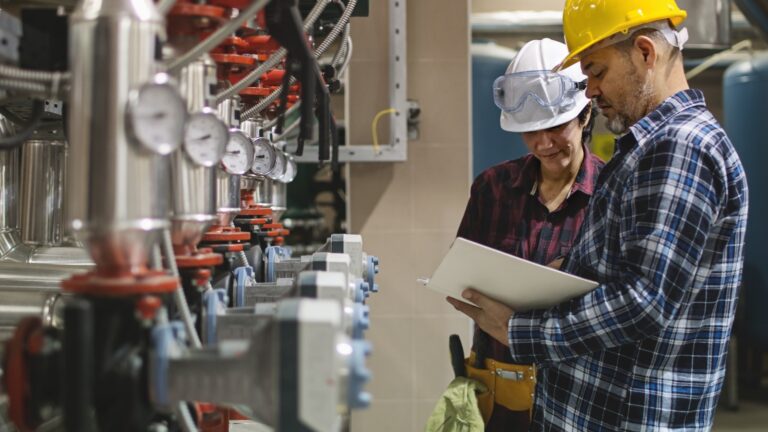
Other than decreasing asset maintenance costs, implementing a preventive maintenance plan can be advantageous in other ways. Here are three benefits asset managers will experience:
Guarantee Public Safety
Any machinery in asset-intensive industries which are ill maintained is bad for the environment and also for human health. In the context of someone in a manufacturing factory, employees would be subjected to a hazardous working space where fan assets malfunction, leading to experiencing high temperatures and possibly breathing in harmful gases.
For asset managers in the utility industry, such as roading, water or wastewater, a defect in any asset could put the public at risk in different ways. In terms of the roading sector, for example, the emergence of potholes could lead to road accidents. In contrast, any leaking pump or valve in a water or wastewater treatment plant could reverse the safety and quality control mechanisms that the water initially went through to provide safe water for consumption or domestic use. However, by implementing a preventive maintenance strategy and preventing assets from malfunctioning, an asset manager can implement contingency mechanisms for public safety.
Labour Utilisation and Maximum Productivity
Traditionally, teams used to carry out routine checks manually. Not only was this an extremely mundane and repetitive role, but it was also inefficient. Anomalies at their earliest stages cannot be visible or audible to the human eye or ear. This means the anomaly would have already progressed by the time they do. Moreover, since the report that will be generated and analysed by data experts will take more time, the analysis made in one may reflect something other than the real state of the asset at the time of reading it.
With a preventive maintenance strategy, however, asset managers can find and incorporate technology that streamlines the root cause analysis function, only requiring the team to carry out maintenance. By giving each person more responsibility, productivity can be increased. A preventive maintenance plan also helps maintenance crews be prepared and promptly address anomalies without going through trials and errors.
Reduce Carbon Emissions
Asset-centric companies are generally the biggest contributors to releasing greenhouse gases. One main reason is due to the ill health of assets. Every time assets are malfunctioning, harmful toxins are released into the air. Forming a preventive maintenance strategy allows asset managers to understand what kind of toxins are released comprehensively. This knowledge can help in understanding how early, for instance, an anomaly should be addressed depending on the industry and the frequency of its use.
A preventive maintenance strategy also allows teams to implement a mechanism that monitors carbon emissions. This way, asset-intensive companies can actively demonstrate they are keeping meeting their carbon goals and contributing to the government’s goal of achieving net zero emissions. With the increasing threat of climate change, asset managers can consider integrating advanced technologies such as satellite data analytics or digital twin, which can help predict weather patterns and manufacture robust assets that can withstand new climate conditions.
Making a Preventive Maintenance Strategy in Seven Steps
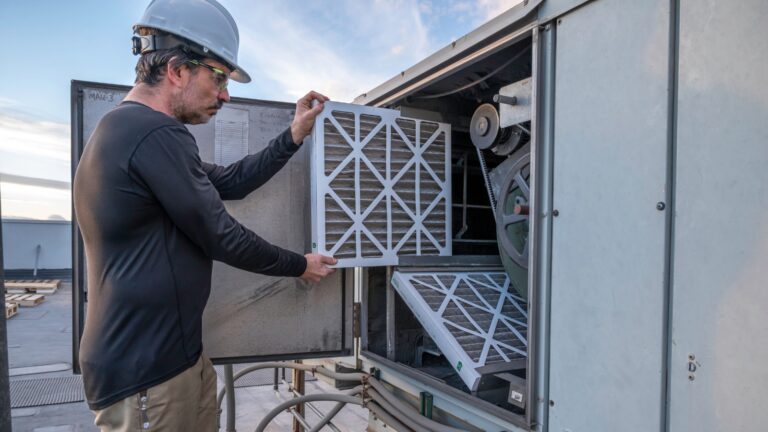
While there are different ways teams can come up with a maintenance strategy, here are some mandatory steps to incorporate:
First: Identify Your Goals and Objectives
The clearest method of measuring the effectiveness of a preventive maintenance plan of an organisation is to consider whether the goals and objectives of the company were met after the plan’s implementation. This is why it is of the utmost importance that organisations take their time in identifying their goals and objectives.
In this phase, it is integral that as many people in the company are involved in the discussion. Ensure to talk to key stakeholders, asset managers and operators to gain their perspective on the most critical assets. This way, companies can also draw up a list of KPIs that reflect their goals and objectives, providing a realistic way to measure success.
At this stage, companies should consider which assets require preventive maintenance. Contrary to public perception, businesses do not have to implement preventive maintenance in all assets, as seen in the case of corrective maintenance. Hence, identifying the most critical assets that contribute to the production, quality, safety, and service delivery provides a form of flexibility for companies that may not have the financial budget to invest in a much wider maintenance strategy.
Second: Set Out Your KPIs
- Scheduled Maintenance Critical Percent – prioritises maintenance based on the asset’s criticality.
- Planned Maintenance Percentage – assesses the total number of hours spent on planned maintenance within a given period.
- Preventive Maintenance Compliance – Calculates how many maintenance tasks the company has completed on schedule within a given period.
- Mean Time Between Failure – Monitors the average time between asset breakdowns.
- Overall Equipment Effectiveness – Calculates how efficient the asset is during production by considering the assets availability, performance and production quality.
Third: Look For A Good Preventive Maintenance Software
A natural second step is to start looking for the proper preventive maintenance software. Similar to how an organisation’s aims are different from one another, what is deemed to be good preventive maintenance software is a subjective question. However, extensive research on the vendor is a good start to figuring out whether the software is suitable. One thing to keep in mind throughout this process is that the organisation is not simply purchasing a solution but also bringing a partner on board. Considering that the software is for long-term use, many vendors are expected to continue their services to their customers whenever problems come up. Hence, how well an organisation gets along with a vendor becomes a fundamental question.
Other than following your gut when it comes to checking for a prospective long-term partner in a vendor, organisations should consider how best the solution can meet its objectives. For example, does the solution have all the features required? If not, can they be customised? Is it equipped with Industry 4.0 technology? Does it protect the organisation’s data and assure security? These are some key questions to consider.
Fourth: Start Noting What Kind of Maintenance Each Asset Needs
In the first step, an organisation was required to identify the most critical assets. They also needed to figure out which assets would not receive preventive maintenance. Once the vendor comes into the picture, reviewing this list one last time is helpful. Sometimes with the vendor’s help, companies may realise that they have not identified critical assets based on their use and purpose. In other words, critical assets are not simply assets that cost a fortune to purchase.
Although companies would have a list of vital assets, this does not mean every other asset is ignored. As a general rule, all assets must undergo some form of maintenance. Thus, ensure that all assets in the organisation are accounted for when the assets are being connected to the software solution.
Even when it comes to preventive maintenance, this can be adopted in different ways. For example, businesses should consider whether they want a time or usage-based preventive maintenance system. While the former refers to companies that only maintain after a fixed time interval, the latter type considers the total usage hours and other factors in establishing a system that notifies the manager that the asset requires maintenance.
Fifth: Carry Out Training Sessions For Your Employees
Introducing a preventive maintenance system is a shift to any asset-centric company, especially where more than one form of maintenance is integrated. While most functions are automated, employees need to understand the system to know how to use it and take action. From this point of view, companies should understand that a preventive maintenance system is only a warning system and that it is still up to the employees to carry out maintenance. Hence, a well-thought-out training strategy should be implemented and thoroughly taught to each team member. In training, employees should not only understand how the system works but consider how the new system can further their roles and responsibilities.
A good vendor would generally offer training services as an added service. This way, a team of experts can help the organisation carry out training sessions for each department or even on a company-wide scale. While sessions are conducted on a team one at a time, each department can find and fix any problems before introducing them to the rest of the team. This demonstrates that the training session also allows employees to test and review the solution’s effectiveness.
Sixth: Monitor, Evaluate and Make Changes Where Needed
It may be evident at this stage that a preventive maintenance strategy has a process of evaluating and making changes at every stage. These same principles continue even after an organisation implements a preventive maintenance solution. Throughout the period a company uses the solution, they will have to monitor it, assess how well it meets the KPIs initially identified and make adjustments where needed. Companies do not have to rely on the data to identify whether there are problems. They can also simply ask for team member feedback and assess what loopholes prevent the organisation from fully receiving the benefits of a preventive maintenance system. Hence, organisations should critically determine how many assets have broken down since the solution was implemented. The data provided may also help asset managers to decide whether preventive maintenance activities should be increased or decreased.
The key point is that many companies may broaden their goals or move to different goals from those previously identified. The good news is that a recognised preventive maintenance solution provides the flexibility to make changes. Hence, scalability and flexibility are also at the core of the solution companies invest in.
Making a Preventive Maintenance Strategy Just Got A Bit Easier
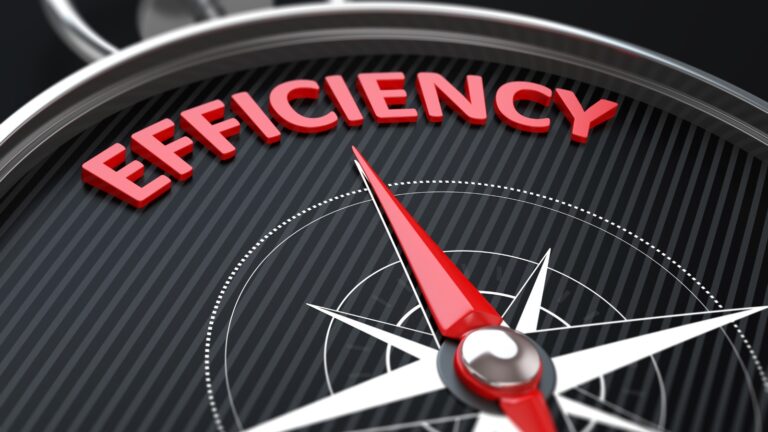
Trying to come up with an effective preventive maintenance strategy can be a daunting task. But once you go through the above steps, you will realise that you can develop a comprehensively detailed plan in just five steps. This does not mean that the creation of a preventive maintenance strategy should be underestimated. Ample time, discussion, revision and critical analysis need to be carried out for an effective method to be made. However, you do not have to do this alone – make an appointment with an asset management solutions vendor to gain their expertise.
Tigernix: Integrates Preventive Maintenance in Every Solution
Tigernix houses preventive maintenance tools in its solutions to enhance its asset management capabilities. Hence, with the help of other industry 4.0 technologies, Tigernix provides asset managers with the convenience of monitoring all assets in the region in real time whilst notifying them of any impending breakdowns before it is too late. In each of its four specialised solutions, Tigernix prioritises preventive maintenance according to the asset’s criticality and reminds maintenance teams to carry out the scheduled maintenance.
Connect with us to schedule an appointment today.


